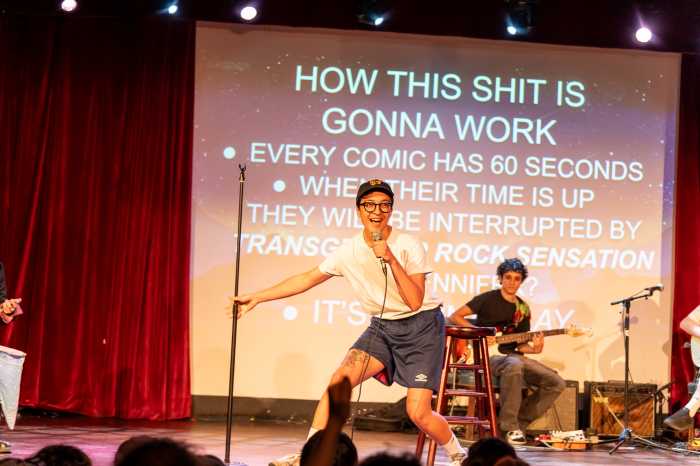A new homeless shelter coming to Gowanus in November will cost taxpayers roughly half per unit as two massive shelters slated to open in nearby Park Slope the following month.
The new facility will occupy a recently constructed building on Third Avenue near Sixth Street originally planned as a hotel, where operator Praxis Housing will provide refuge for 116 adults in 58 two-person units, according to the Department of Homeless Services.
The Gowanus facility will provide around-the-clock security, feature a 10 p.m. curfew, and offer an on-site outdoor space for smoking and recreation, according to a Praxis rep.
City housing honchos have budgeted nearly $32 million over nine years for the Gowanus shelter, which includes both the cost of rent and social services. That budget — which equals slightly more than $5,100 per unit, per month — represents a worst-case estimate, and the real amount will be lowered after the deal is finalized in the coming weeks, according to a department spokeswoman.
Even with the artificially inflated number, the price for the Third Avenue shelter is substantially lower than two soon-to-open Fourth Avenue shelters — located at 535 and 555 Fourth avenues in Park Slope, and featuring a combined 253 housing units for families — which will cost taxpayers an average of more than $10,000 per unit, according to city data.
The Park Slope shelters — which will be run by non-profit Women In Need — have drawn fierce opposition from locals outraged by the sky-high price tag.
Matthew Borden, Assistant Commissioner of Government Affairs and External Relations at Department of Homeless Services, declined to answer questions regarding how the Third Avenue shelter’s $32 million price tag was calculated, and refused to explain the massive price disparity between the Gowanus Shelter and its Fourth Avenue counterparts at a Sept. 4 community meeting about the shelters, citing ongoing contract negotiations.
Homeless Services spokesman Isaac McGinn similarly refused to provide specifics regarding the agency’s deals with Women in Need and Praxis, saying neither contract has been finalized.
McGinn did, however, describe certain factors that can influence shelter costs, including differences in client population — in this case, families versus adults — security concerns, and the cost of renting property in Park Slope as opposed to Gowanus.
However, the greater part of funding for the Fourth Avenue shelters— roughly $6,000 on average per unit — is not earmarked for rent, but will go directly to Women in Need to provide security and social services. That figure is roughly twice what the shelter operator requires to manage another family shelter in Brownsville, according to a Gothamist report.
The push to build homeless housing in the area is part of the city’s “Turning the Tide on Homelessness” initiative, which calls for shelters to be more-evenly spread out across New York — rather than clustered in low-income areas, as they had historically been.
Community Board 6 — which encompasses Gowanus, Park Slope, and other nearby neighborhoods — has traditionally only featured one homeless facility, located in the Park Slope Armory on Eighth Avenue and 14th Street.
Councilman Brad Lander (D—Park Slope) pointed to the lack of shelter density in the area as evidence the neighborhood should be welcoming of more facilities.
“There’s 60,000 shelter beds in New York City, and 59 community boards. So, if we were spreading them out fairly, that’d be about 1,000 shelter beds in every community board,” he said. “We’ve historically only had about 100.”

























